- About us
- Support the Gallery
- Venue hire
- Publications
- Research library
- Organisation chart
- Employment
- Contact us
- Make a booking
- Onsite programs
- Online programs
- School visit information
- Learning resources
- Little Darlings
- Professional learning
Peter Dombrovskis (1945-1996), photographer, was born of Latvian parents in a refugee camp in Wiesbaden at the end of World War 2. He immigrated to Australia at the age of five, and started taking photographs encouraged by his widowed mother, a keen hiker. Strongly guided as a teenager by Olegas Truchanas, credited as his 'mentor', he published his first calendar of Tasmanian wilderness photographs in 1977. A photograph he took in 1979, Rock Island Bend, was massively reproduced and circulated as the signature image in the Australia-wide NO DAMS campaign, which culminated in 1983 with the High Court's ruling that the Commonwealth Government was entitled to prevent construction of the dam. His photographs, widely published in the form of calendars, books, posters and other merchandise, have contributed profoundly to notions of the pristine environmental character of Southwest Tasmania. Dombrovskis died while photographing in the Western Arthur Range in southwest Tasmania.
Collection: National Portrait Gallery
Purchased 2005
© Liz Dombrovskis
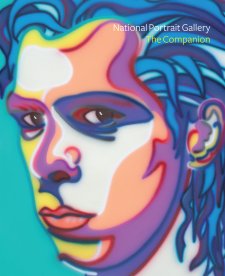
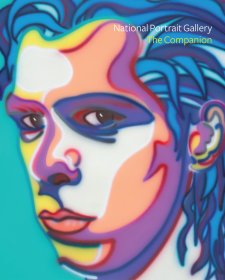

On one level The Companion talks about the most famous and frontline Australians, but on another it tells us about ourselves.



Dr Sarah Engledow examines a number of figures in the collection of the National Portrait Gallery who were pioneers or substantial supporters of the seminal Australian environmental campaigns of the early 1970s and 1980s.
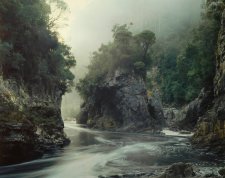
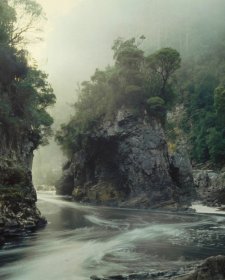
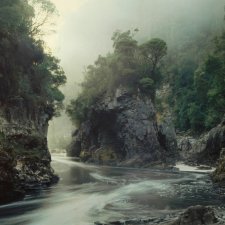
Olegas Truchanas and Peter Dombrovskis, photographers and conservationists, shared a love of photography and exploring wilderness areas of Tasmania.